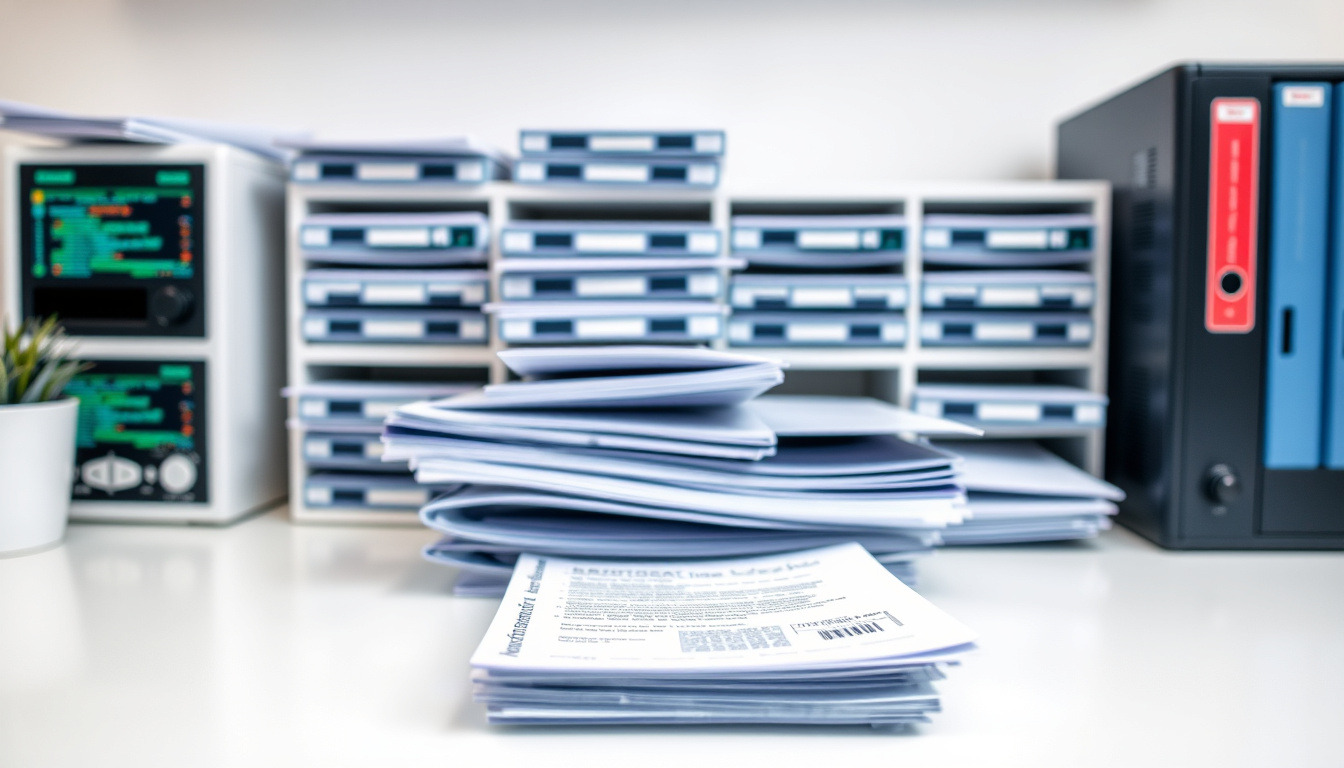Making photocopies of important documents is a key task in both personal and professional settings. Whether you need copies for legal purposes, to ensure backups of sensitive data, or for personal records, understanding the best practices can streamline the process. Here’s a comprehensive guide to help you navigate photocopying documents effectively.

Why Photocopy Important Documents?
Photocopying critical documents is essential for several reasons:
-
Preservation: Original documents, such as birth certificates, contracts, and legal agreements, can be lost or damaged. Having copies ensures that you maintain important records.
-
Backup: In the digital age, keeping a physical backup is invaluable. If digital records are corrupted or lost, photocopies serve as a reliable alternative.
-
Sharing: Sharing official documents often requires multiple copies. Photocopies can save time and resources, especially when dealing with governance or legal institutions.
Choosing the Right Method for Photocopying
1. Using a Photocopier
Most offices have photocopiers that can handle simple tasks efficiently. When using a photocopier:
-
Select the right settings: Choose black and white or color, depending on the need. Most photocopiers allow you to select single or double-sided options.
-
Paper Quality: Use the appropriate paper quality for legibility. Standard copier paper is usually sufficient for most documents, but if you require durability, consider thicker stock.
-
Scan and Adjust: If available, use the scanning feature to adjust for scale and quality before printing.
2. Using Online Services
Various businesses offer document printing and photocopy services. For instance, local stores like Staples and Walgreens provide options to upload documents online and have them printed. Benefits include:
-
Convenience: You can upload documents from anywhere and pick them up later on.
-
Same-Day Services: Many services offer quick turnaround, allowing you to get your documents when you need them the most.
-
Variety of Options: Choose from different paper types, binding options, and finishes, suitable for presentations or important submissions.
Tips for Effective Document Photocopying
-
Organize Your Documents: Before photocopying, ensure all documents are organized. Remove staples, paper clips, or any other fasteners that could hinder the copying process.
-
Check for Clarity: Ensure that the content is legible, especially when dealing with handwritten or printed documents that may be faded.
-
Use Originals Wisely: For sensitive documents, use protective sheets or covers while photocopying to prevent wear and tear on the originals.
-
Essential Copies Only: Assess which documents need copies. Redundant copies can clutter your personal or work storage areas and make retrieval more difficult later.
-
Secure Storage: Once copies are made, store them securely. Consider using a filing cabinet or a digital storage solution to maintain organization and access priorities.
Conclusion
Making photocopies of important documents is a straightforward yet crucial task that enhances data security and accessibility. By understanding the processes involved—from choosing the right photocopying method to employing best practices—you can make this task efficient and effective. Use your resources wisely and ensure that all important documents are preserved, accessible, and protectively managed.
————————————————————————
Follow the Bimoseto family as we explore the world, one delicious dish at a time! Get our travel tips, restaurant recommendations, and adventure stories – and get inspired for your journeys!
